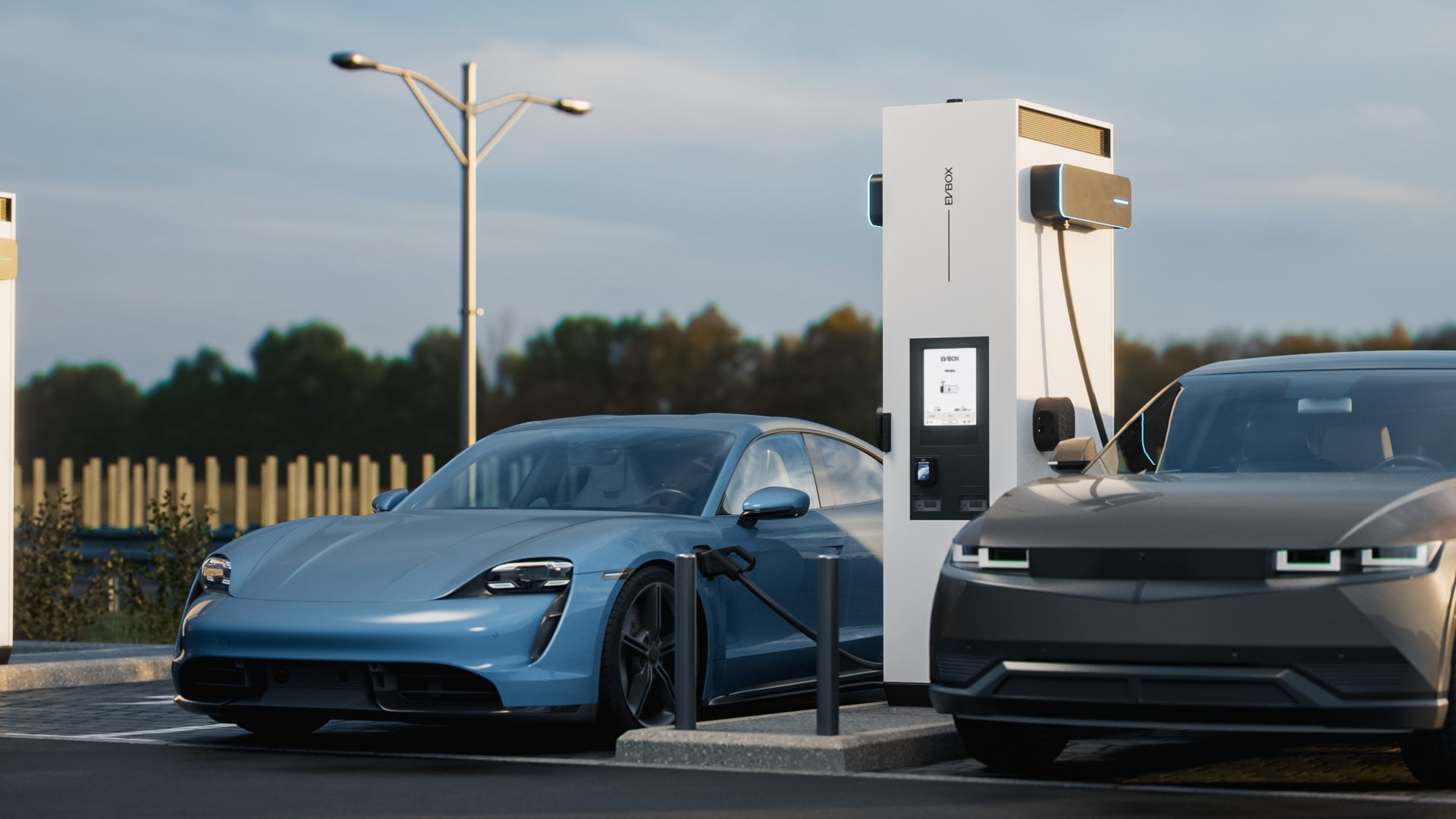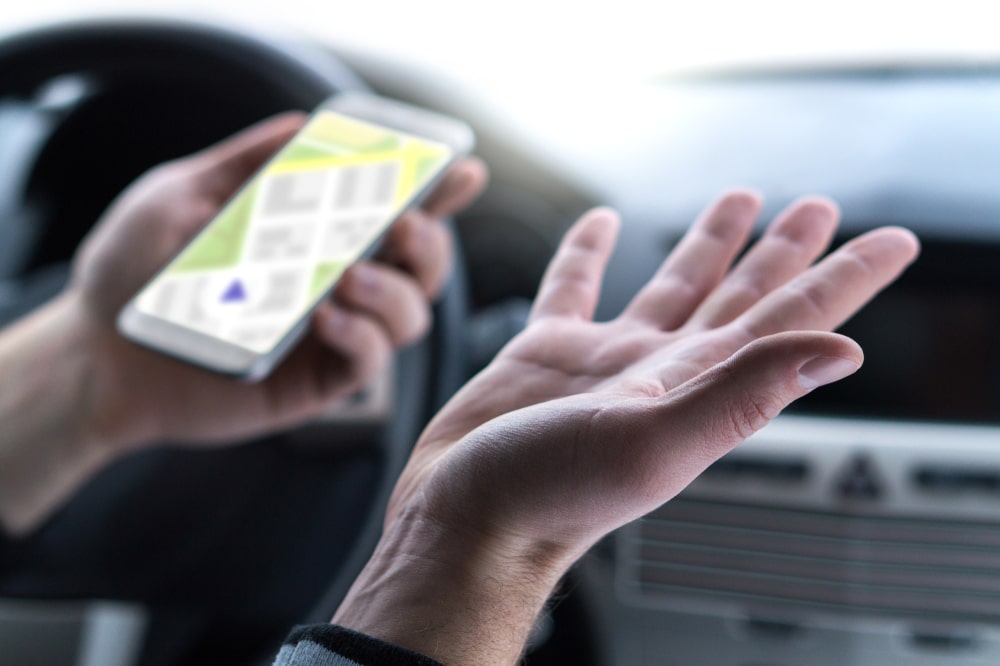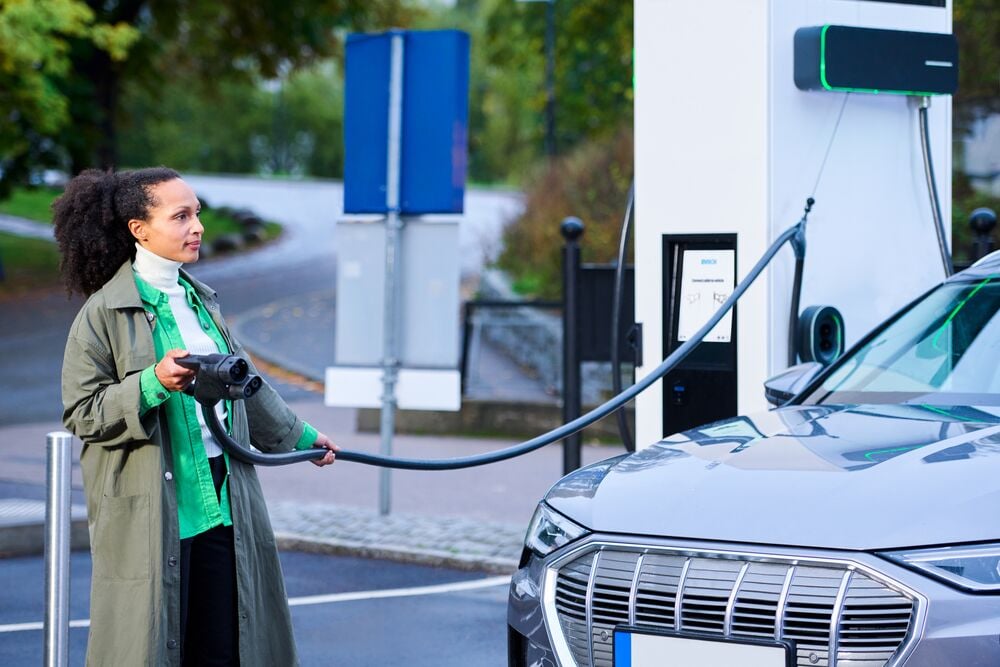
How your business can leverage the demand for EV fast charging
EV customers want DC fast-charging solutions to be accessible, conveniently located, and easy to operate. They are willing to pay higher prices for faster charges because it allows them to enjoy the freedoms of driving – independence and convenience – over any distance, without hassle, and safe in the knowledge that recharging won’t make them late.
DC fast-charging infrastructure helps overcome one of the most common roadblocks to EV adoption: Range anxiety and concerns about infrastructure capacity.
The popularity of and demand for DC fast charging presents an interesting array of business opportunities for organizations keen to get involved. From micro, small & medium enterprises (MSMEs) to large corporations and individual entrepreneurs, investors can benefit from DC fast charging by leveraging additional cross-selling opportunities, increasing brand awareness and reputation, and setting themselves up for a lucrative ROI in the long run.
This article is written to give you, as a business, a clear understanding of your EV-driving customers’ concerns, as well as the shape their demand for fast-charging technology takes.
The hope is that in reading our article you will be better equipped to act accordingly, capitalizing on the many available and lucrative opportunities available in DC fast-charging infrastructure.
The rise of electric mobility today and tomorrow
You will have noticed by now the dramatic increase in the number of electric vehicles on the road. From taxi fleets and buses to privately owned cars, the number of EVs is rising exponentially – seeing a 60% increase from 2021-22 alone. Even more impressively, this is happening in tandem with a global dip in petrol- and diesel-car sales, and despite the economic difficulties most of us are currently facing.
Customers are adapting their purchasing power to better prepare themselves for the future, and this change in consumer behavior appears to be the tip of the iceberg with regard to the e-mobility boom. In conjunction with a rise in EV popularity, there is a tangential rise in the demand for fast and reliable charging infrastructure – particularly for DC fast-charging stations, some of which can deliver up to 100 km of range in just 3 minutes.
The global EV charging infrastructure market was valued at USD$19.67 billion in 2022. It is expected to grow at a compound annual growth rate (CAGR) of 25.5% between now and 2030. Of this, DC fast charging alone is expected to be worth around $221.31 billion by 2030, accounting for a CAGR of around 13.2% in and of itself.
These are markets which savvy businesses rightly want to get involved in.

Why EV adoption and DC fast-charging infrastructure grow together
The reason that we’re seeing both EV adoption and DC fast charging soar at the same time is that the two go hand-in-hand. Fast charging is fundamental to the widescale adoption of EVs by current and prospective drivers. The primary concerns of these customers are with regard to the range of EVs (i.e., “range anxiety”) and the capacity of charging infrastructure to facilitate a convenient transition to EV driving.
Whilst 52% of drivers are intent on making an EV their next automotive purchase, they want to see fast-charging infrastructure installed on a comprehensive and wide enough scale to feel confident in their choice. The same can be said for the drivers and owners of commercial and public EV fleets – such as taxi and bus services and delivery fleets – but for our purposes, this article will focus exclusively on the needs of the individual EV owner.
The demand for fast charging among EV drivers is increasing, creating a myriad of investment opportunities for a range of different businesses eager to enter this promising market. But the question remains: Why do customers want fast charging?
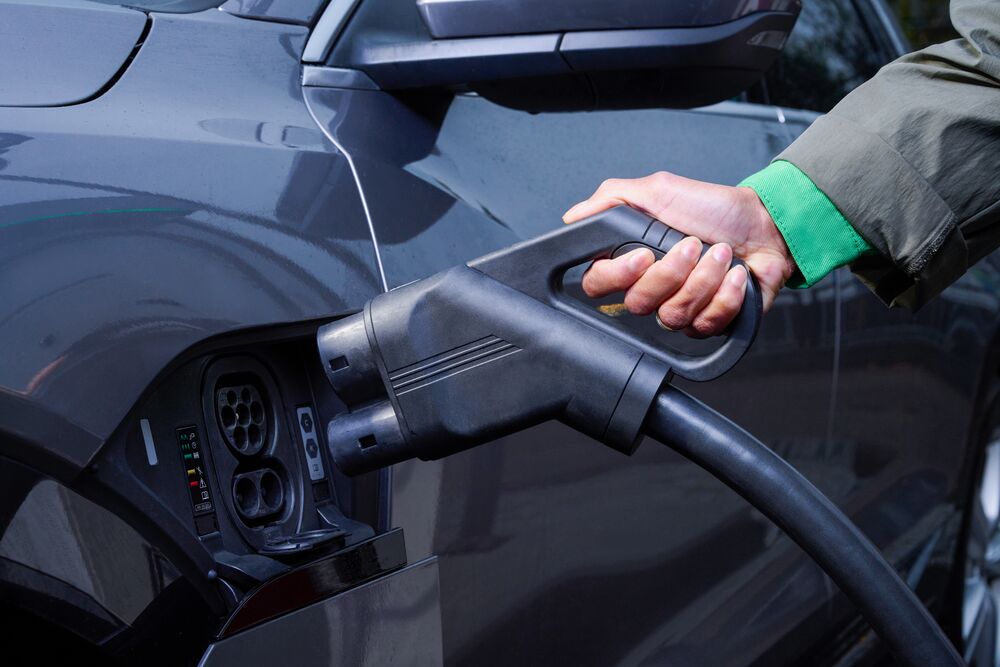
Two of the central concerns of current and prospective EV drivers in 2023
Concern 1: Range anxiety
What is range anxiety?
Range anxiety is cited as one of the biggest barriers to EV adoption, experienced by as many as 50% of potential customers. It is the fear that an EV may run out of power mid-trip, without the driver having access to a convenient and timely means of recharging. In other words, range anxiety is the concern that EVs don’t have substantial enough battery capacity to cover travel in-between charges.
Thankfully, however, range anxiety is largely unfounded. Some have even called it a myth, for example in a 2021 study from Nissan which discovered that EV drivers cover more range on average per year than petrol- and diesel-car drivers. In addition, further studies showed that the average daily mileage covered by drivers around the world is far below the mileage a standard EV can cover on a single charge (about 217 miles/349km, or in the Tesla Model 3’s case, 333 miles/536km).
As such, in many cases EV range is already more than suitable for both daily commutes and the average road trip.

Nevertheless, drivers still want to feel confident in their vehicle’s ability to travel longer distances easily and conveniently; for this, a widescale, international rollout of DC fast-charging infrastructure is required.
The limitations of slower AC chargers in combatting range anxiety
AC chargers are the original EV-charging solution, popularly installed in parking spaces, outside homes, and at offices. And AC chargers definitely play their part in combatting range anxiety. With charge speeds of a 7-22kW AC charger ranging from 1.75-6 hours, they are ideal for recharging EVs during long stays, as well as overnight.
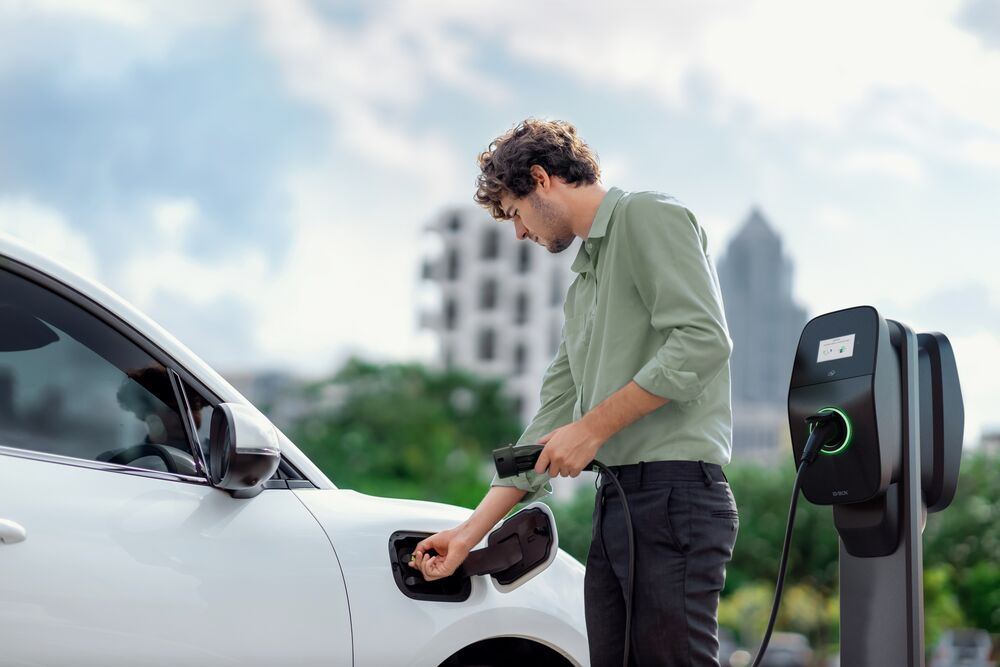
However, when compared to DC charging, the slow speed of AC means that its impact on range anxiety is limited. If, for example, a customer with a 150-mile range EV wishes to cover 200+ miles in a day, then they will need to recharge en route. Integrating a charge which might take several hours into their schedule will almost certainly be out of the question. The problem is compounded on even longer trips, such as multi-day vacations.
In these, and countless other examples, AC charging speeds just won’t cut it.
How DC fast chargers alleviate range anxiety and promote peace of mind
DC fast chargers – also known as Level 3, rapid, or ultrafast chargers – are the perfect solution to range anxiety thanks to their hugely diminished charging times.
As aforementioned, the fastest DC chargers available today can deliver up to 400kW of electricity, charging the average EV from 20-80% charge in just 11 minutes. Even DC chargers which aren’t quite as powerful can be equally as effective at tackling range anxiety – the average Level 3 charging time being just 17-52 minutes.
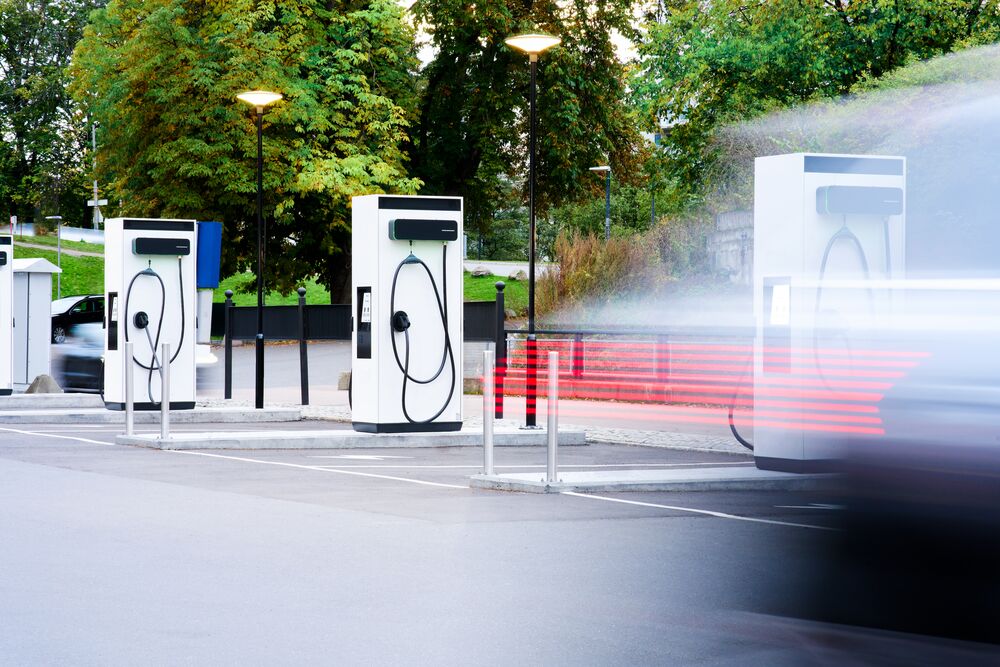
Knowing that a full recharge need take less than an hour, EV customers no longer need to be anxious about their range. They can instead feel comfortable and confident in the knowledge that they may drive as far as they wish, topping up at a rapid DC charger whenever they need to, and be back on the road in no time at all.
Concern 2: Charging infrastructure
What are the customer’s concerns about charging infrastructure?
Naturally, in order for range anxiety to be fully eradicated, there must be sufficient – not just fast enough – DC charging infrastructure available. The availability and accessibility of fast chargers is the second major concern of EV customers.
Their worry is that though a fast charger can replenish their batteries in under an hour, there may not be enough of them along the driver’s route to provide the freedom and flexibility of movement they desire.
The role of DC in charging infrastructure and how it is reshaping the landscape
From an infrastructure standpoint, DC is a game changer. This is evidenced in large part by the fact that it accounted for more than 72% of revenue in the 2022 global charging infrastructure market. DC fast charging plays an increasingly important role within the wider EV charging infrastructure for a number of reasons, including:
- It addresses the lack of home charging solutions for many people living in densely populated cities
- It provides viable en route charging at sites modeled on, or integrated into existing gas stations – situated conveniently along highways and in other high-traffic areas, and thus feeling accessible to recent EV converts
- Owing to a low footprint, when compared to traditional gas stations, DC fast chargers can be installed as destination chargers at a wide variety of short-stay destinations, such as
- Supermarkets
- Restaurants
- Gyms and sports facilities
- Hair, nail, and beauty salons
- Malls and shopping centers
- Hospitals and doctor clinics
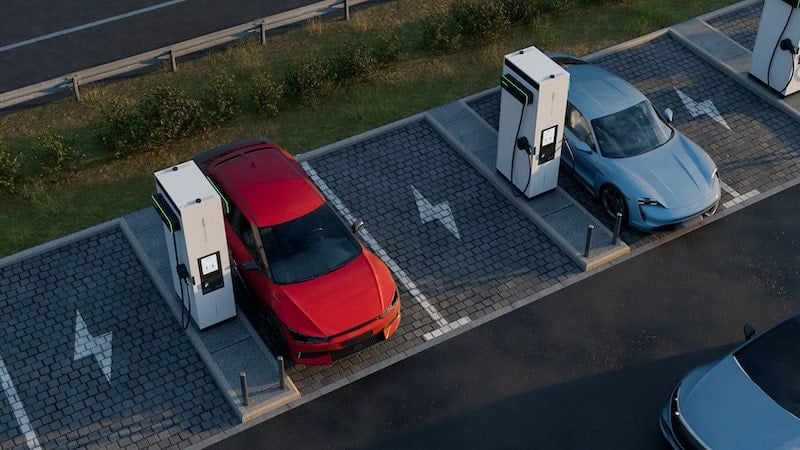
At the same time, whilst their numbers are steadily increasing, the proportion of fast chargers in the overall charging network of any given country still tends to be low. For example, in the EU in 2023, DC fast chargers accounted for just 12% of the total stock of publicly available EV chargers.
This is where your business can come in. As an investor in DC fast charging, or as a business providing DC fast charging as a service, you can help to correct the balance and combat the infrastructure concerns of your customers.
Why EV customers want fast charging
Reason 1: To have the freedom to explore
The beauty of driving is the ability to take yourself, your friends, and your family on journeys away from home: to explore the side of owning a vehicle that goes beyond utilitarian everyday tasks like going to work and going shopping.
In short, driving is enjoyable because it gives us independence. This, then, is why customers want fast charging: because it facilitates the independence they expect from their driving experience – independence unimpeded by range issues or charging times.
Fast charging and long-distance travel
Because AC charging at home or at the office covers the average daily needs of most EV drivers around the world, DC charging is used instead in convenience situations and to cover longer trips.

During these longer trips, EV customers want to be sure that enough high-quality DC charging stations are in place along their route, in accessible locations, to ensure their journey goes as smoothly as possible – just like it would in a petrol or diesel car. Customers want DC fast- charging infrastructure in place, and they tend to feel that their governments should be actively involved in making that happen.
Certainly, there are a number of governments around the world pushing simultaneously for improved EV adoption and the charging infrastructure to support it. In the EU, for example, the ‘Fit for 55 Package’ details several policies and initiatives intended to help the European Union achieve a 55% reduction in carbon emissions by 2030. Part of this Package targets EV charging infrastructure specifically and calls for improvements in infrastructure would assuredly have to include comprehensive DC charging installation.
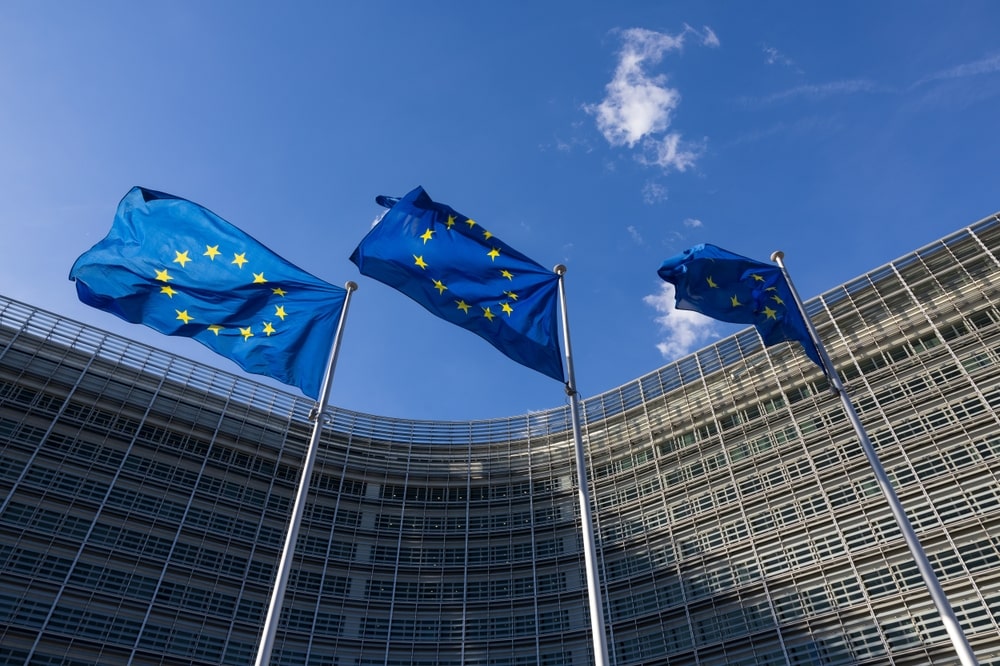
Alternative Fuels Infrastructure Regulation (AFIR)
You can keep using your existing power connection, as dynamic load balancing will intelligently allocate your existing capacity between users and loads. This avoids having to install a new meter and more powerful circuit, saving considerably on the costs of a new charger.
Recently, on July 25th, 2023 to be exact, the EU Council adopted the Alternative Fuels Infrastructure regulation, a new law for more recharging and refueling stations across Europe.
“The new law is a milestone of our ‘Fit for 55’ policy providing for more public recharging capacity on the streets in cities and along the motorways across Europe. We are optimistic that in the near future, citizens will be able to charge their electric cars as easily as they do today in traditional petrol stations.” –Raquel Sánchez Jiménez, Spanish Minister of Transport, Mobility and Urban Agenda.
How DC fast charging helps overcome concerns about being late due to en-route charging
Whilst EV range has improved dramatically in just a few short years, for longer trips that exceed an EVs maximum range the driver will have to stop and recharge. The desire for DC fast charging in these situations is not merely a matter of convenience – i.e., waiting around can be boring – but also one of punctuality.

No EV driver wants to risk running late to their destination because they had to wait hours for their car to recharge en route. Instead, they want the rapid speed of DC fast chargers on hand so that they may reach their destination in a timely fashion, having taken just 10-20 minutes to recharge their vehicles.
Reason 2: To get back on the road more quickly
EV customers like DC fast charging because it allows them to get back on the road quicker than any alternative charging solution would. But this isn’t quite the same as saying that it combats their fear of being late or their desire for driving freedom.
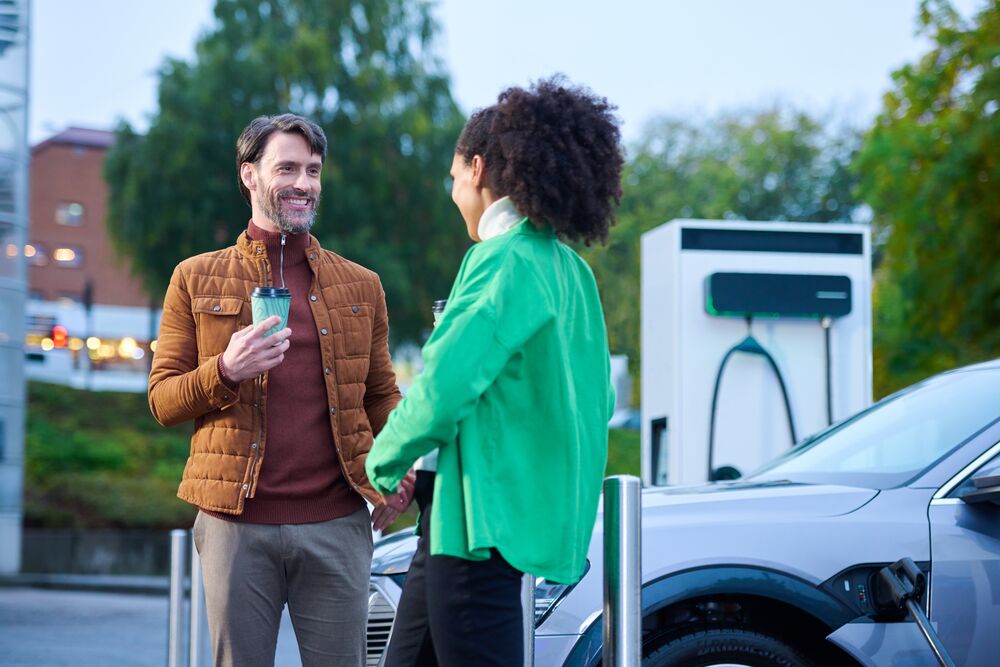
Customers who are caught short on battery want as little interruption to their day as possible. Just because they need a charge doesn’t mean they should then have to rearrange their plans to get it. DC fast-charging times are significantly faster than AC – the charging solution EV drivers are used to at home or at the workplace. They allow customers to make public charging a small and non-intrusive part of their day.
Interestingly, when you consider the ubiquity of home charging for the majority of EV users, in combination with the average daily driver mileages we’ve already discussed, you could make the argument that the average EV driver would typically only use a DC fast charger for the odd quick top-up.
Because DC chargers deliver peak amounts of electricity toward the start of the session, under these example circumstances the average driver may only need to spend a few minutes plugged into a DC charge station at any one time. This may ultimately equate to them spending as much time, or less, at DC chargers than petrol and diesel drivers do at gas stations on a day-to-day basis.

Reason 3: To make EVs even more convenient and enjoyable to drive compared to ICE vehicles
What the previous two sections ultimately boil down to is this: EV drivers want DC fast charging because they want a driving experience that is like, or even better than, the experience of driving a petrol or diesel car.
EV customers want to be able to charge their batteries in public, on the go, whilst spending as little time as possible doing so. They want to be able to hop in their cars on a whim and drive as far and long as they like, safe in the knowledge that when their charge starts to run low, there will be a DC fast charge station nearby that can have them recharged and back on the road in under an hour.

The vindication of convenience: Destination charging
Perhaps the prime example of how DC charging can make EV driving more convenient than driving an ICE vehicle is the concept of ‘destination charging.’ With destination fast-charging, EV drivers don’t need to find a charge point en route if they don’t want to – something ICE drivers have no choice over.
Instead, EV customers can recharge their vehicle using a DC charger located at their destination – knowing that when they leave, their battery will be almost or entirely full again. Talk about convenience!
How willing are EV drivers to pay for DC fast charging?
The learning curve for EV drivers: Charging station types and speeds
The technology surrounding EV charging infrastructure is constantly evolving, and as such EV customers do face a steep learning curve when new to the game. There are a variety of different charger types and charger speeds; as well as a huge array of charge points, manufactured and operated by different companies, many of which require charge verification through their own distinct app.

As such, EV customers will be looking for a charging experience as fast, accessible, and convenient as possible – to make their transition from petrol and diesel cars to EVs smooth. A comprehensive combination of DC fast charging stations and AC infrastructure can be exactly the remedy to this customer desire, and one which you as a business can opt to provide.
The value proposition of DC fast charging for EV owners: Understanding the willingness of customers to pay for fast charging
Once EV drivers become aware of the differences between slow and fast charging, studies have shown that almost 50% of them are then fully in support of paying higher prices for faster service.
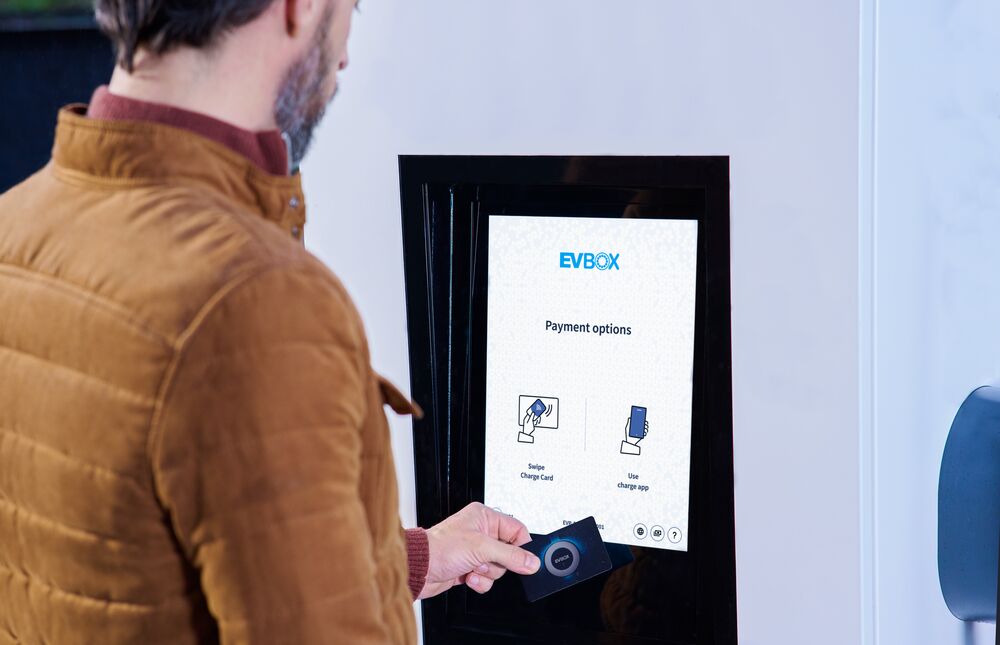
This statistic highlights curious consumer behavior, especially in an era of increasing costs. It would appear that EV drivers instinctively recognize the intersectional value of DC fast charging and are actively trying to encourage more of it with their purchasing power.
This has positive ramifications both for the DC fast-charge provider, whose bottom line depends on direct charge fees, and the DC-partnered business, who will likely enjoy the financial fallout from grateful customers with substantial financial means.
How businesses can benefit from the popularity of DC fast charging
DC fast charging is a fast-growing industry driven by high demand from the EV-driving customer. The good news is that benefitting from DC is a two-way street: what empowers and elevates the EV customer experience can also generate brand awareness, loyalty, and brand-new revenue streams for the businesses which provide it.

There are numerous ways to make money from DC fast charging, including a range of unique revenue streams you can leverage for a return on your investment.
Use charging time as a cross-selling opportunity
For example, businesses can sell more than just the electricity EV customers purchase from DC stations to charge their cars. Utilizing the additional time customers will be on site – as we’ve said, average DC charge times are between 17 and 52 minutes – you can make money by offering various value-adding services and products to the driver. These could include a place to eat or drink, do work, go shopping, and more.

Increase brand awareness and improve brand reputation
Integrating DC fast charging into your business literally puts you on the map. EV customers will be looking for conveniently located fast-charging stations, and having some attached to your business will help to draw these customers in. Moreover, environmental awareness and consciousness are prime drivers for EV customer sales, as well as in the spending of younger generations. Your relationship with DC fast charging helps to promote your business as eco-friendly, in turn helping to improve your reputation among the e-mobility community.

Get in on the ground floor of a lucrative market
The DC charging infrastructure industry is already booming. Approximately 860,000 fast charge points have already been installed worldwide, accounting for 72% of the EV charging market’s revenue. Moreover, the DC charging market is set to continue growing exponentially for years to come, until gradually it slows with market saturation, potentially around 2030.
The opportunities for businesses of all shapes and sizes to get involved in the DC fast-charging sector are many and potentially extremely lucrative. Though ROI can be slow to materialize for direct owners, a number of alternative investment strategies exist which make entering the DC charging infrastructure market accessible even to SMEs.
Conclusion: Recapping the importance of DC for EV drivers
It is almost impossible to overstate the importance of DC fast-charging infrastructure for EV drivers. Significantly reduced wait times at charging stations, much faster charging speeds, and the convenience of combined en-route- and destination-charging locations makes EV adoption a highly attractive prospect for the customer.
DC fast charging combats both range anxiety and concerns over the capabilities of the available infrastructure. It allows EV drivers to enjoy the freedom and flexibility of both short and long drives in full confidence of their ability to recharge their vehicles as and when they want.
The huge demand for DC fast charging is also a great boon to any number of businesses.
But for DC fast charging to continue growing, it requires the support and engagement of enterprises all around the world – people with exciting new ideas and initiatives who are eager to help build the fast-charging infrastructure of the future.
Through these sorts of people, through you, we move toward a more sustainable future with widescale EV adoption.
Learn more about DC charging and its related business opportunities by exploring the EVBox blog, or discover our fast-charging solutions.

Related articles
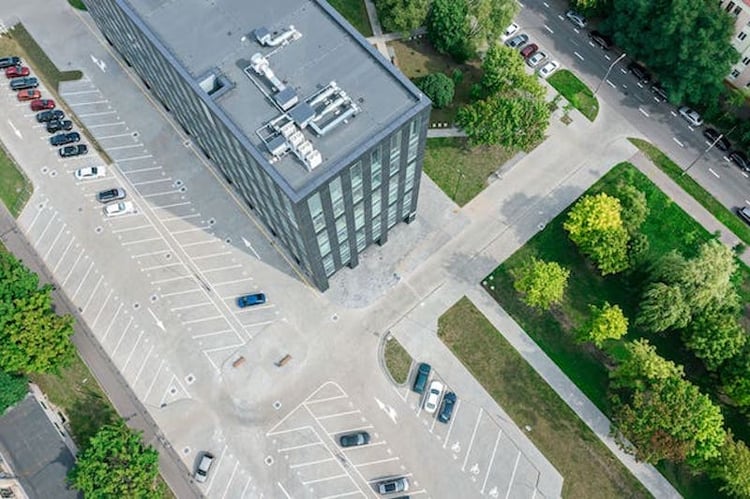
EV charging load management and the importance of cluster load balancing
Electric vehicle (EV) charging stations can add a substantial load onto your building’s power supply, often requiring...
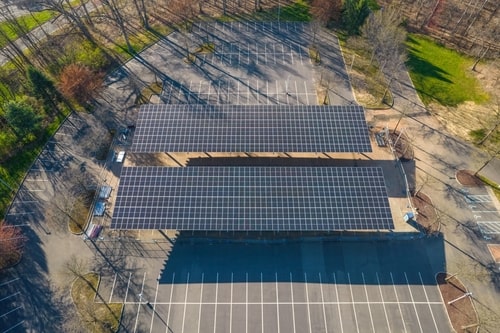
How to design a DC fast charging site
When thinking about installing DC fast charging stations on your site, careful consideration must be given to designing...
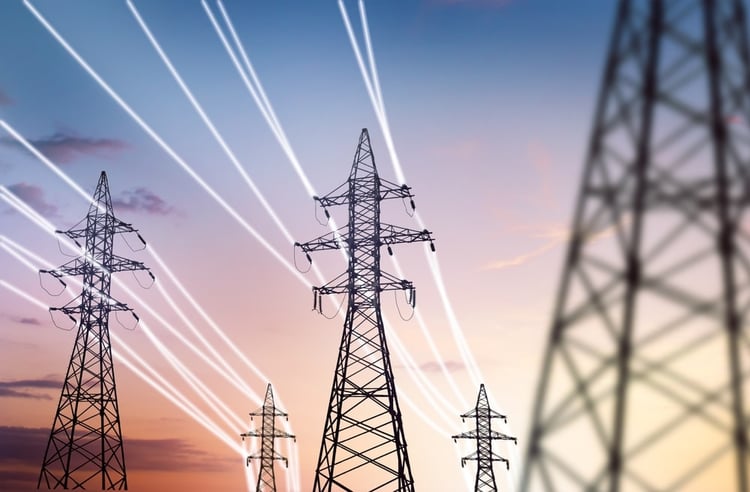
Grid connections for DC fast charging stations explained
The electrical grid is a large and established network delivering electricity from producers to consumers, and...
